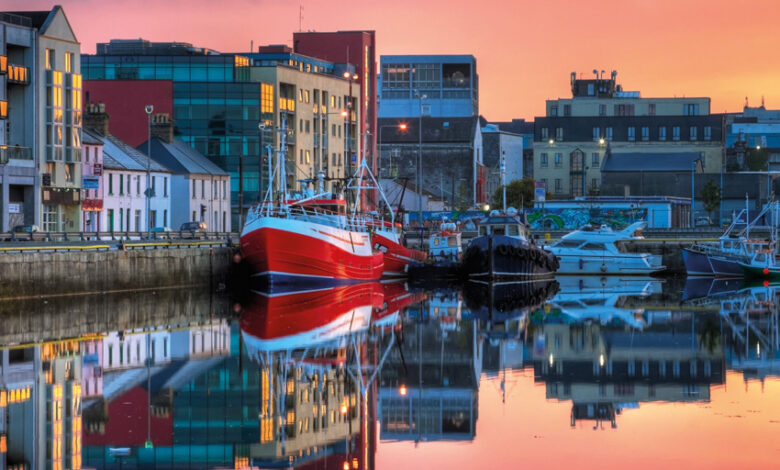Plans to double hydrogen valleys by 2030

In March 2023, the European Commission signed a joint declaration with European stakeholders to boost the EU hydrogen economy, aimed at enhancing the use of hydrogen valleys and helping reach hydrogen production targets in REPowerEU.
Hydrogen Central defines a hydrogen valley as “a project usually funded by local, national and international funds, that clusters several industrial and research initiatives to carry out pilot projects across the complete hydrogen value chain (production, transport, distribution, and end use with storage sometimes in the mix)”.
Through the signing of this joint declaration, the European Commission, the wider hydrogen industry, scientific community, and other European regions have committed to accelerate joint actions in research, development, demonstration, and deployment of hydrogen valleys, in line with the objectives outlines in the EU Hydrogen Strategy, forming a central role in the REPowerEU plan.
Under REPowerEU, EU member states are obliged to play their role in ensuring that the number of hydrogen valleys doubles by 2030. Globally, it is estimated that only 15 per cent of hydrogen valleys are finished being constructed, although many of the 85 per cent which are still being built are operational to varying degrees. The Commission has allocated €200 million to accelerate the rollout of hydrogen valleys.
In 2022, it was announced that plans are underway to build Ireland’s first hydrogen valley off the coast of Galway, with the project being touted as a demonstrator project ahead of the publication of the Government’s hydrogen strategy later in 2023.
There are currently at least 37 hydrogen valleys globally, spread throughout five continents and 19 countries; 25 of them are in Europe, with two situated in Britain. The Benelux Union countries have been particularly strong, facilitating the deployment of four hydrogen valleys, whilst Germany has already built five hydrogen valleys, and the German Government has plans to build more.
It is hoped that the further support for these valleys will connect hydrogen production, transportation, and a range of cutting-edge applications from clean mobility to industrial feedstock, creating fully functional and sustainable clusters of supply and demand, advancing renewable hydrogen deployment, and subsequently driving forward the clean energy transition.
Ireland is already seen as a leader in the production of wind energy, with an ambitious offshore generation potential placing it in a promising position for the expansion in the use of green hydrogen. Hydrogen experts, such as University of Galway professor Rory Monaghan have stated that Ireland “must develop the technology at home” if it is to meet its potential in hydrogen production.





